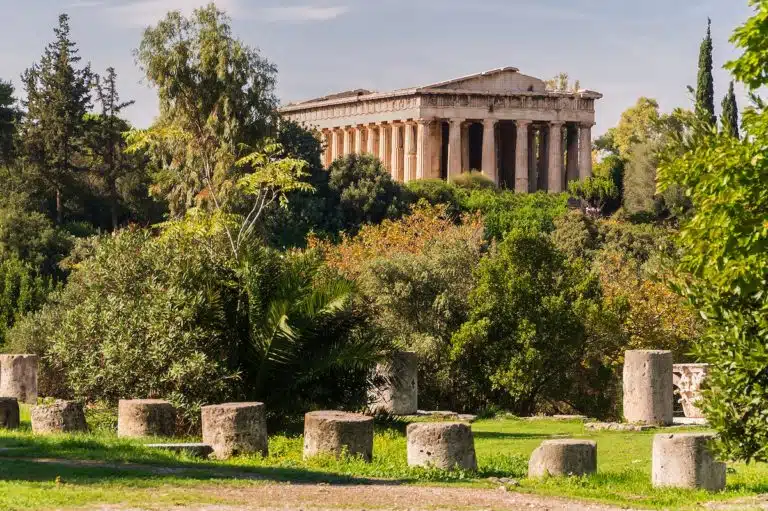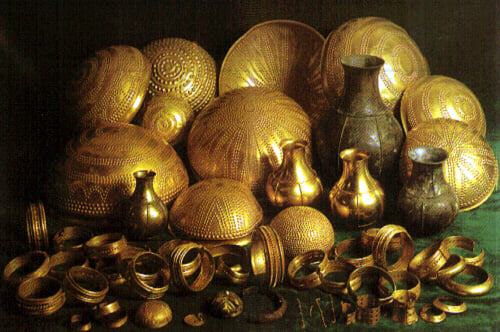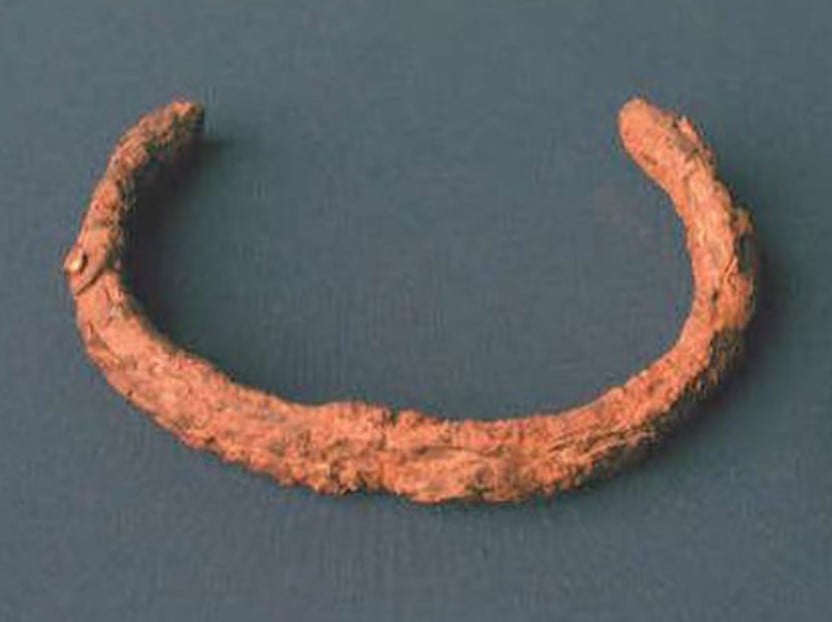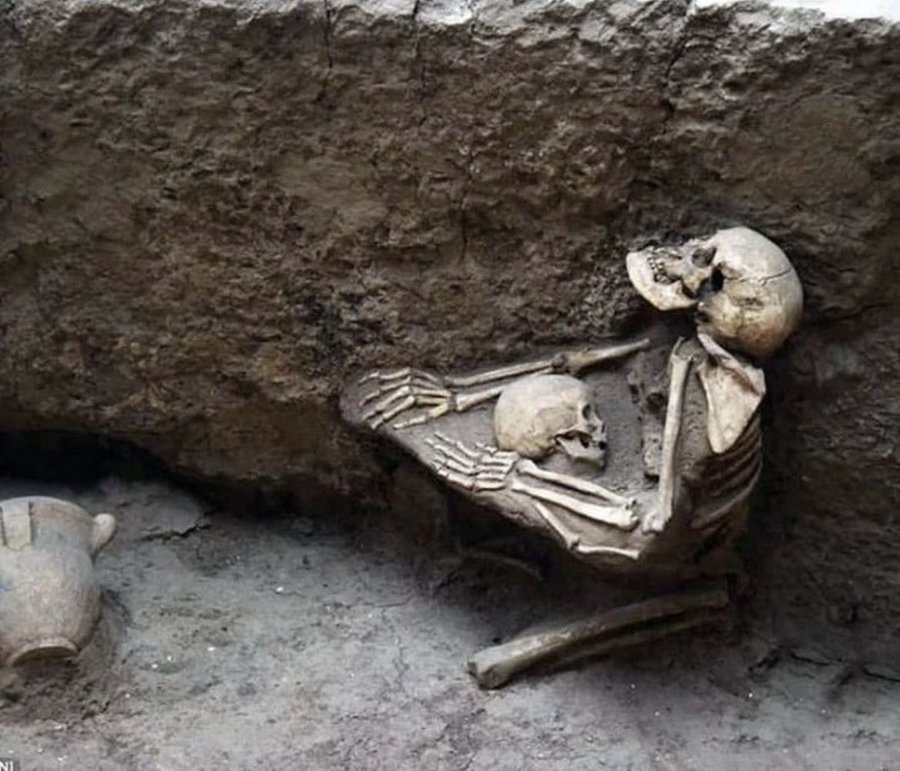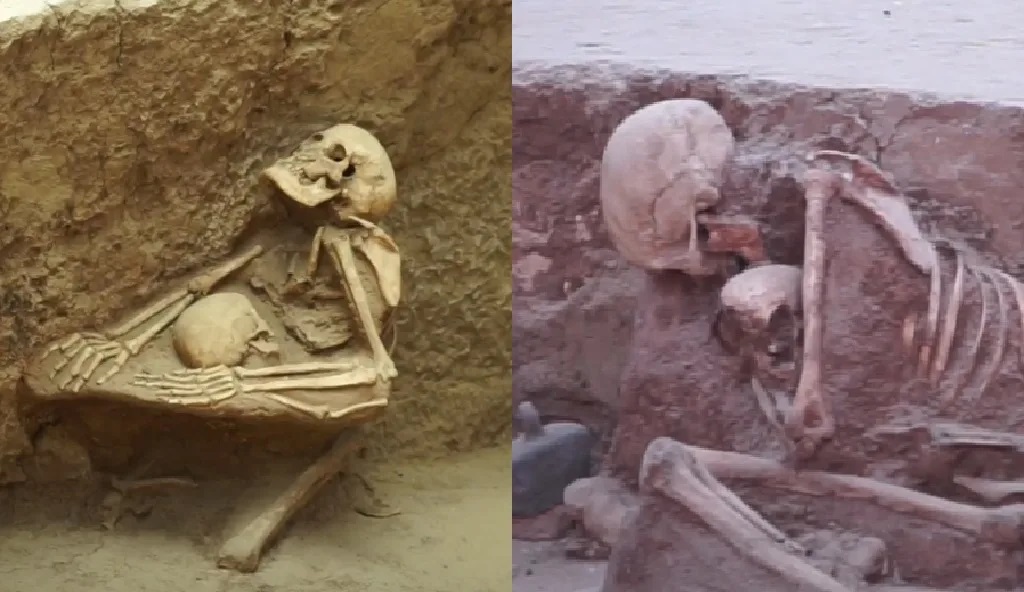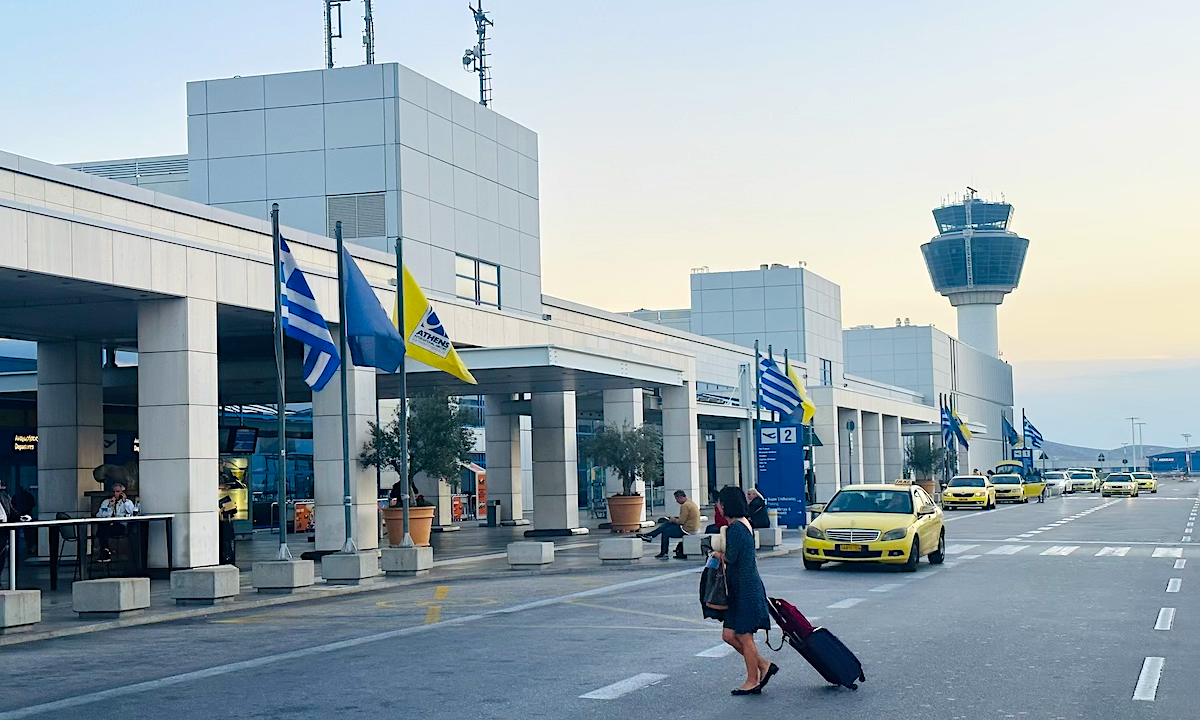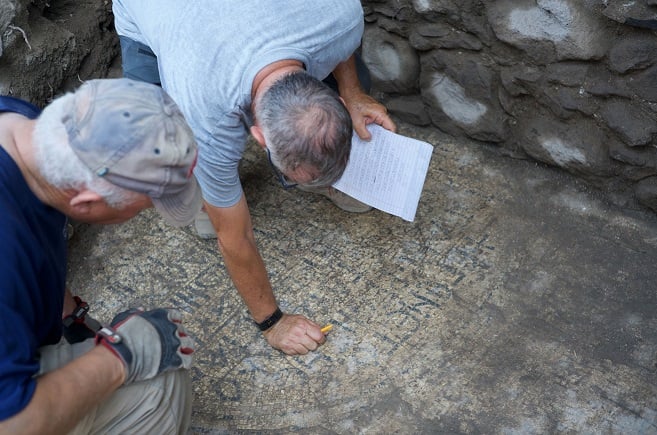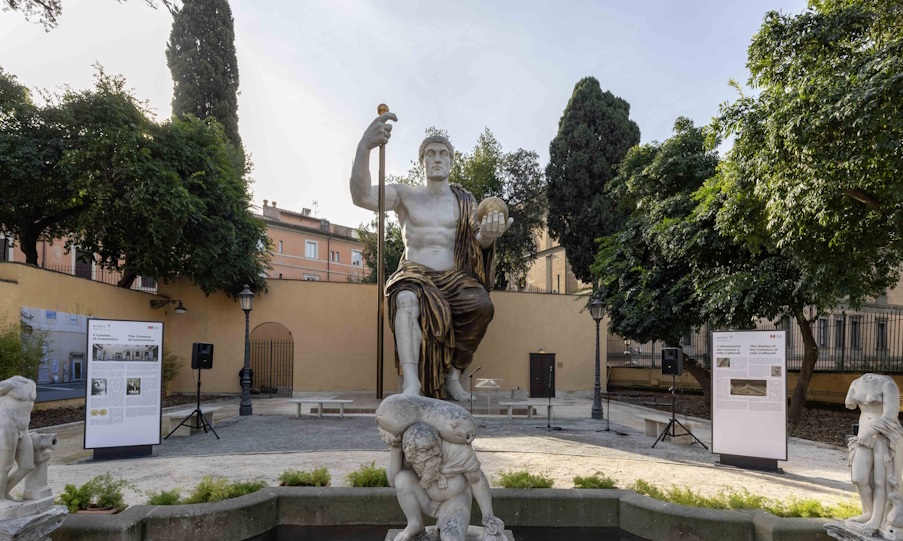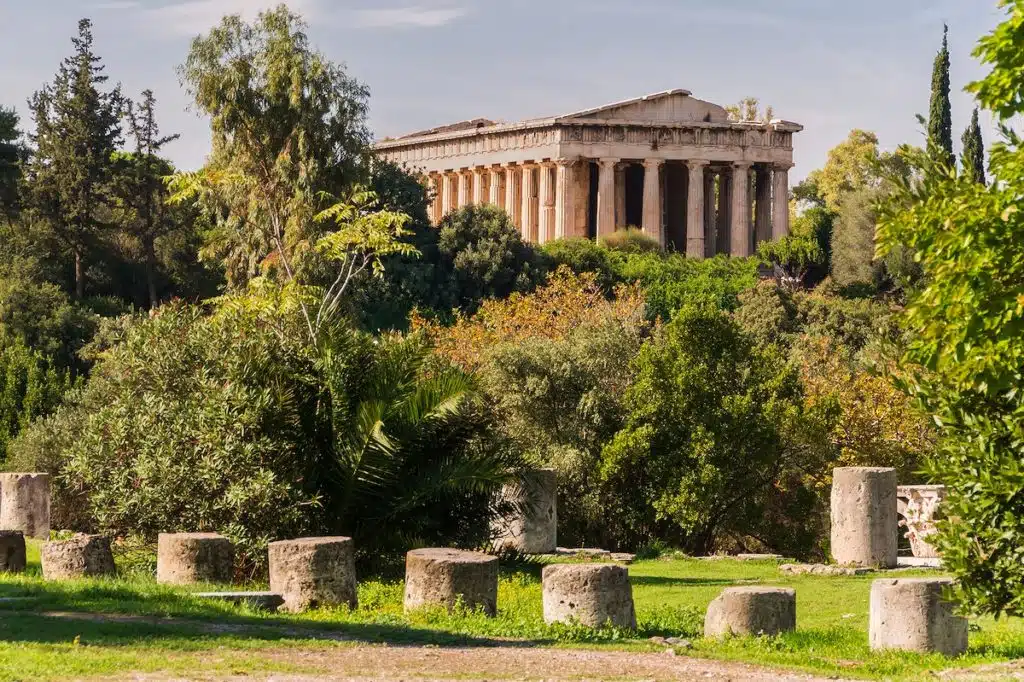
Cleisthenes was the statesman who laid the foundations of democracy in ancient Athens by dividing Attica into ten tribes, based on location, and putting an end to the rule of nobility.
Even though Pericles (495-429 BC) is considered to be the one who established democracy in Athens, it was Cleisthenes, an uncle of Pericles, who made the necessary constitutional reforms in 508 BC so as to give power to the citizens regardless of their wealth or social status.
A member of the aristocratic Alcmaeonid family, Cleisthenes went beyond his privileged background to serve the city. For this, he requested help from the Oracle of Delphi to persuade the Spartans to help him overthrow the tyrant of Athens, Hippias.
With the help of the Spartans and his greater family, he kicked Hippias out, and, after a few turbulent years of schemes from rivals, he began the reforms he had in mind.
The first thing he did was to divide the Attica area into ten deme (plural of demos), thus altering established power structures. The demos became the unit of electoral democracy. He also divided Attica into three parts: the city of Athens itself, the coastal district of Attica, and the rural inland region.
Each of the new tribes (phylae) was to comprise of people, that is demes, one from the city, one from the coast of Attica, and one from the rural inland region. This was known as the trittyes system. The trittyes were administrative subdivisions. There were thirty trittyes, ten tribes, and approximately a hundred and forty deme in total.
The 10 Tribes of Ancient Athens
The ten tribes, or phylae, of ancient Athens were named according to mythical heroes. The names of those heroes were selected by the Oracle of Delphi from a list provided by the city of Athens. Each hero was represented by a bronze statue on the Monument of the Eponymous Heroes in the Athenian Agora.
The monument played an important role in the civic life of Athens, serving as a bulletin board and a place of gathering to discuss issues pertaining to the deme.
The 10 tribes were:
Erechtheis: Named after Erechtheus, an early king of Athens who had sacrificed several of his daughters to save the city. He had defeated Eumolpus of Eleusis in battle and later was killed by Poseidon. He was then worshipped on the Acropolis, where the famous Erechtheion was built in his honor. The phyle had fourteen deme.
Aigeis: Named after the early king of Athens, Aigeus, father of Theseus. The phyle had twenty deme.
Pandionis: This was also the name of the legendary King Pandion, father of the sisters Procne and Philomela. It had eleven deme.
Leontis: Named after Leos, a son of Orpheus who had three daughters who sacrificed themselves to save the city. It was a phyle with twenty deme.
Akamantis: This was the name of the legendary hero Akamas, son of the king of Athens, Theseus. Pericles was a member of the tribe that had fifteen deme.
Oineis: Named after Oeneus, a Calydonian king who introduced wine-making to Aetolia, and possibly also the son of Dionysus. This consisted of fourteen deme.
Kekropis: Named after Kekrops, an early king of Athens. He was the father of Aglauros, Herse, and Pandrosos. It had eleven deme.
Hippothondis: This took its name from Hippothoon, a hero of Eleusis. It had seventeen deme.
Atlantis: Named after Ajax, son of Telamon, who fought in Salamis and hero of the Troy War. It had six deme.
Antiochis: This took its name from Antiochos, the son of Heracles. It had thirteen deme.
Fifty Men From Each Tribe Formed the Boule
Athenian male (and only male) citizens were represented in the Boule, the modern day Parliament. Each tribe sent fifty representatives to the Boule, or Athenian Council, where they served according to their tribe.
As a unit, each tribe would take its turn acting as chair or fulfilling presidential (prytaneis) obligations for about a month at a time. However, the order in which each tribe served was not always the same. The political structure of Athens did not remain the same through the years. New statesmen came, and lawmakers and conditions changed.
Diplomacy played an important role in policy making. For instance, in 307 BC, Athenians honored two Macedonian heroes with the Monument of the Eponymous Heroes, adding two new tribes respectively: the Antigonis after Antigonos I Monophthalmos and Demetrias after Demetrios Poliorcetes.
Similarly, in 224 to 223 BC, another Hellenistic king, Ptolemy III Euergetes, was added to the list of heroes, making them thirteen.



